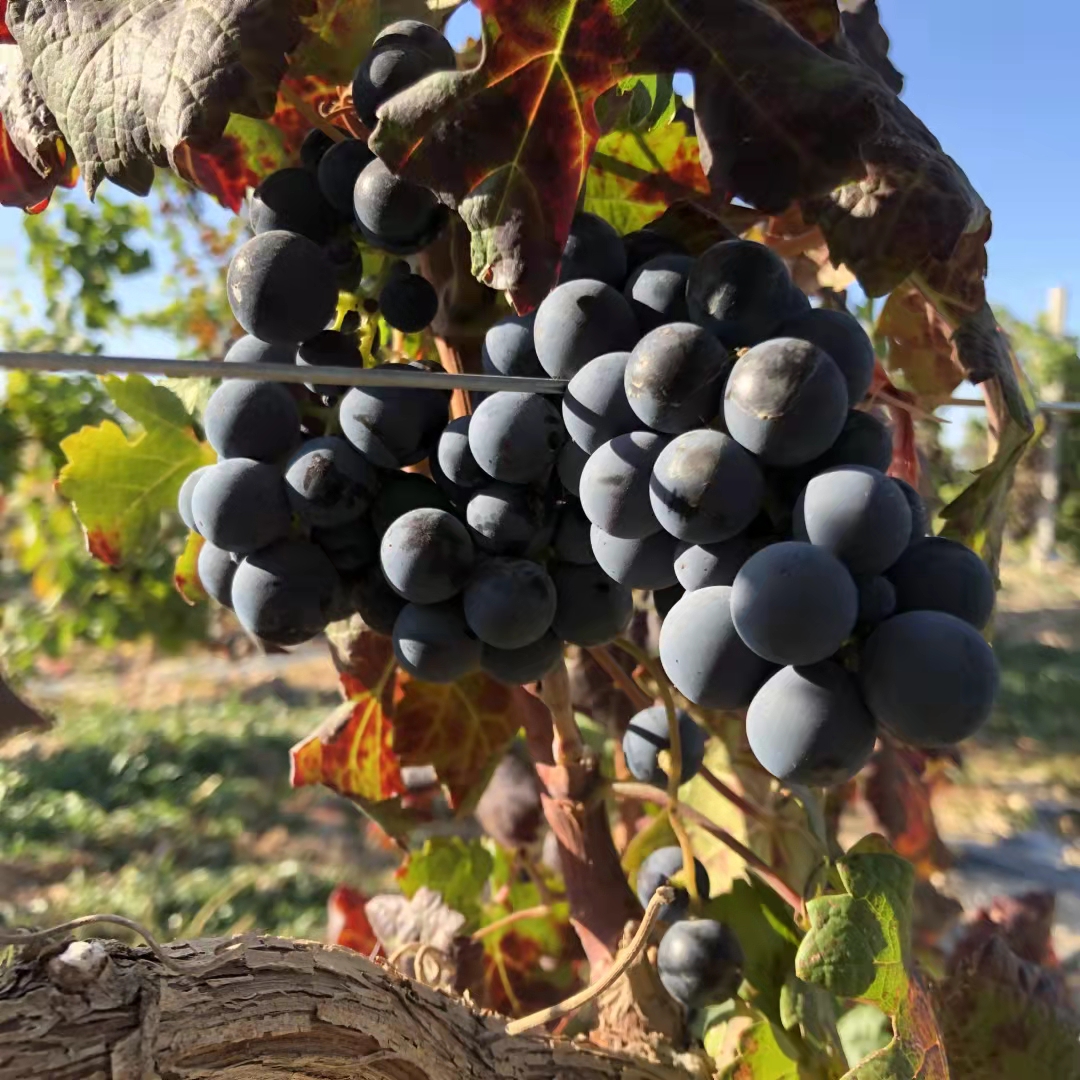Most wine lovers know about Cabernet Sauvignon and Cabernet Franc. But how many have ever heard of Cabernet Gernischt? Not many, I would venture to say. And that’s a shame, for Cabernet Gernischt is one of the three wine grapes, along with Marselan and Petit Manseng, that give China’s most interesting and most unique wines. And in some respects, arguably the country’s best red wines.

Photo by: Li Demei
Seven years ago, I was truly honoured to be invited as a speaker, along with the likes of Jancis Robinson, to the first edition of the China Wine Summit (China’s most important and prestigious wine fair devoted to quality Chinese wines). Looking over my tasting notes and scores, I found that the most surprising and best wines were all those made with Marselan, a variety nobody knew much about. But even more interesting was the fact that two monovarietal Cabernet Gernischt wines (a variety we all knew even less about than Marselan) had scored in my top ten wines. Talk about a revelation! That two of my ten favourite wines of the competition were both made with such a little-known variety is significant of itself; but it is even more so when considering that the vast majority of wines that crossed my palate that day were made with the likes of Syrah, Cabernet Sauvignon and Merlot, making Cabernet Gernischt’s exploit, in such a crowded field, that much more relevant. Over the years, my Cabernet Gernischt epiphany has taken on new meaning, given how many other excellent Chinese Cabernet Gernischt wines have since crossed paths with my eager tastebuds. Even more importantly, it has repeatedly struck me during winery visits in China that it is the Cabernet Gernischt wines that are often the best wines I taste each and every time (by contrast, I have never yet had a truly good Chinese monovarietal Merlot wine; and for that matter, most of the monovarietal Cabernet Sauvignon wines, though much better than the Merlots, aren’t especially interesting by world standards).

 中文
中文



